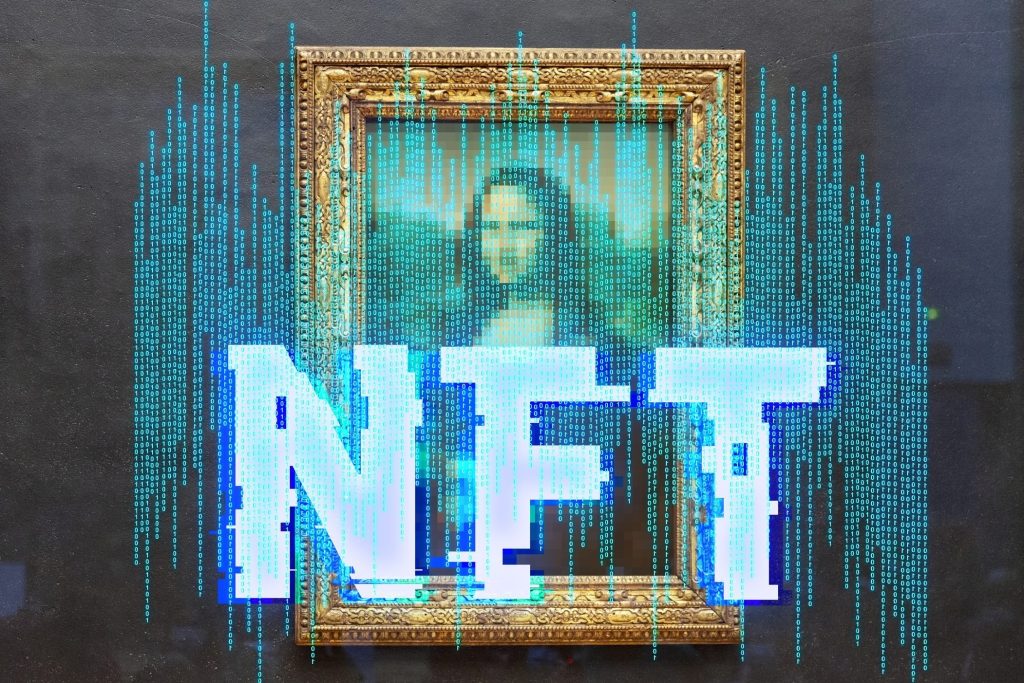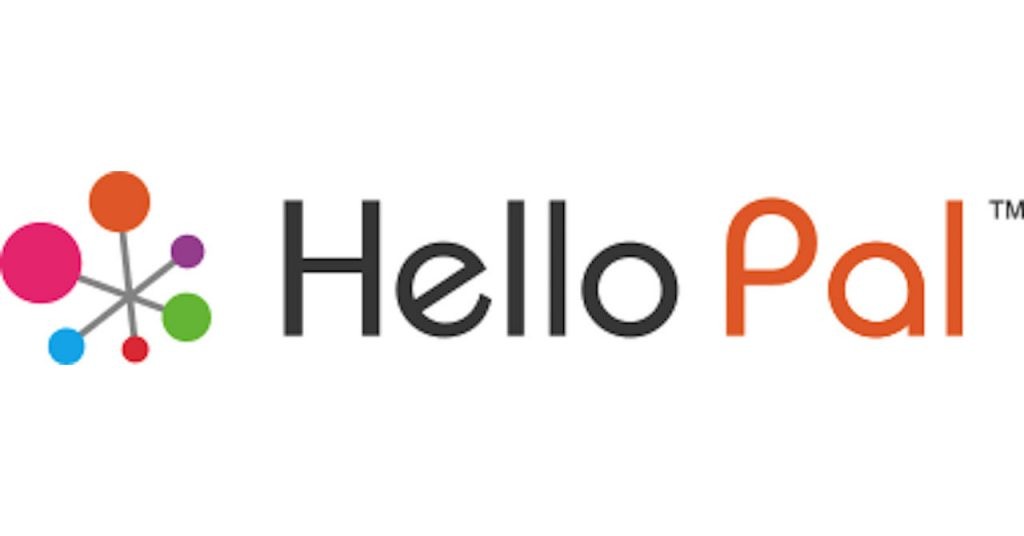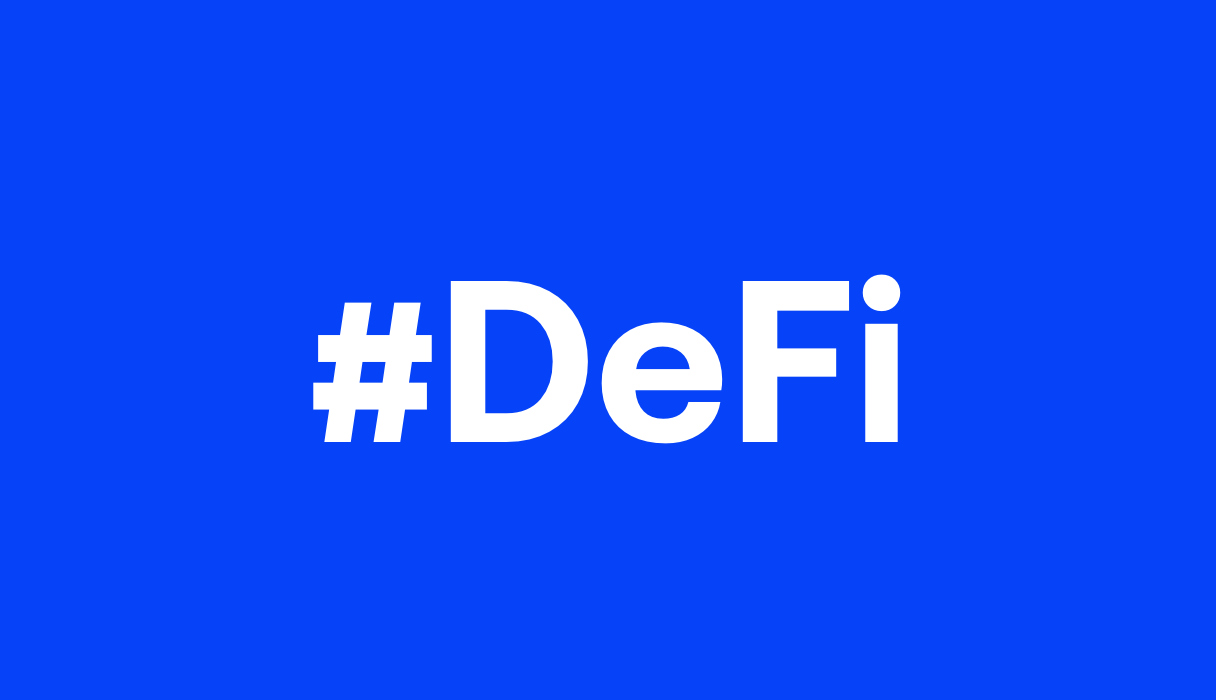The world of digital art has been revolutionized by the advent of Non-Fungible Tokens (NFTs), and at the core of this transformation lies smart contracts. In this article, we explore how smart contracts are revolutionizing the NFT market, empowering artists and collectors, and reshaping the way we perceive and trade digital art.
Introduction to Smart Contracts and NFTs
As digital art gains popularity, the need for secure ownership and provenance has become paramount. Smart contracts, self-executing agreements built on blockchain technology, provide a solution. NFTs, unique digital tokens representing ownership of a specific asset, have emerged as a game-changer in the world of digital art, enabling artists to tokenize their creations and collectors to own and trade these unique digital assets.
The Emergence of Digital Art and NFTs
Digital art, once considered niche, has gained mainstream recognition, thanks to NFTs. Artists are now able to showcase and sell their digital creations with a unique digital certificate of authenticity. Collectors, in turn, can own and trade these digital assets, enjoying a sense of exclusivity and provenance that was previously difficult to establish in the digital realm.
Understanding Smart Contracts in the NFT Market

- Definition and Functionality
Smart contracts are self-executing agreements with predefined rules encoded on the blockchain. They enable automated and transparent transactions without intermediaries. In the NFT market, smart contracts facilitate the creation, minting, ownership transfer, and verification of digital art assets. They ensure the authenticity, ownership, and transaction history of NFTs, providing a secure and reliable framework for digital artists and collectors.
- Benefits for Artists and Collectors
Smart contracts offer numerous benefits to both artists and collectors in the NFT market. Artists can receive royalties automatically each time their NFT is resold, ensuring ongoing compensation for their work. Additionally, smart contracts enable artists to set specific conditions, such as limited editions or unlockable content, adding value to their digital creations. For collectors, smart contracts provide a transparent and immutable record of ownership, establishing provenance and increasing the value of their NFTs.
Transforming the NFT Market with Smart Contracts
- Ensuring Authenticity and Ownership
One of the significant advantages of smart contracts in the NFT market is the ability to establish and verify the authenticity and ownership of digital art. Smart contracts create a verifiable chain of custody, preventing unauthorized reproductions and ensuring that the rightful owner of an NFT is always known.
- Royalties and Resale Rights
Smart contracts revolutionize the monetization of digital art by enabling artists to receive royalties automatically each time their NFT is sold in the secondary market. This feature ensures that artists can continue to benefit financially from the increased value of their work over time, creating a sustainable ecosystem for artists and incentivizing creativity in the digital art space.
Automating Transactions and Eliminating Intermediaries
Smart contracts automate transactions in the NFT market, eliminating the need for intermediaries and streamlining the buying and selling process. With smart contracts, artists and collectors can directly engage in secure and transparent transactions, reducing transaction fees and increasing efficiency. The automated execution of the contract ensures that the terms and conditions of the sale are met, protecting both parties involved.
Challenges and Considerations in the Smart Contract-NFT Ecosystem
While the integration of smart contracts in the NFT market brings numerous benefits, there are also challenges and considerations to address.
- Scalability and Energy Consumption
As the popularity of NFTs grows, scalability becomes a concern. Blockchain networks must handle a large number of transactions without compromising speed or incurring exorbitant fees. Additionally, the energy consumption associated with certain blockchain networks, such as Ethereum, has raised environmental concerns. Finding solutions that improve scalability and reduce energy consumption is crucial for the long-term sustainability of the NFT market.
- Copyright and Intellectual Property Concerns
The digital nature of NFTs raises questions about copyright and intellectual property rights. Artists need to ensure that their digital creations are original and that they hold the necessary rights to tokenize and sell their work. Smart contracts can help establish ownership and provenance, but artists and collectors must still navigate legal frameworks to ensure compliance and protect their rights.
Navigating the Regulatory Landscape
The rapid growth of the NFT market has caught the attention of regulators worldwide. As the industry evolves, it is important to navigate the regulatory landscape to ensure compliance with existing laws and anticipate potential regulatory changes. Establishing best practices and industry standards can help foster a responsible and sustainable NFT ecosystem.
Innovations and Future Trends in Smart Contract-NFT Integration
The integration of smart contracts and NFTs is a dynamic space with ongoing innovations and emerging trends. One area of exploration is the intersection of virtual reality (VR) and NFTs, creating immersive digital art experiences for collectors. Fractional ownership, where multiple individuals can collectively own an NFT, is another trend that allows for broader participation and investment in digital art. The development of more eco-friendly blockchain solutions and interoperability between different blockchain networks are also areas to watch for future advancements in the smart contract-NFT ecosystem.
Innovations and Future Trends in Smart Contract-NFT Integration
The integration of smart contracts and NFTs is a dynamic space with ongoing innovations and emerging trends. Let’s explore some of the exciting developments shaping the future of the smart contract-NFT ecosystem.
Virtual Reality (VR) and NFTs
Virtual Reality (VR) technology has the potential to revolutionize the way we experience and interact with digital art. By combining VR technology with NFTs, artists can create immersive and interactive art experiences for collectors. Imagine stepping into a virtual gallery where you can walk around and appreciate digital artworks in a three-dimensional space. Smart contracts can ensure the ownership and provenance of these VR-based NFTs, opening up new possibilities for artistic expression and engagement.
Fractional Ownership of NFTs
Fractional ownership allows multiple individuals to collectively own a single NFT. This innovative concept enables broader participation and investment in high-value digital art pieces. Fractional ownership platforms utilize smart contracts to establish ownership rights, manage governance decisions, and facilitate the trading of fractional shares. This democratizes access to rare and valuable artworks, making them more accessible to a wider audience while providing increased liquidity and investment opportunities in the NFT market.
Eco-Friendly Blockchain Solutions
The environmental impact of blockchain networks, particularly in energy consumption, has raised concerns. In response, there is a growing focus on developing eco-friendly blockchain solutions. Some emerging blockchain networks, such as Tezos and Solana, utilize more energy-efficient consensus mechanisms, reducing their carbon footprint. Additionally, layer-two scaling solutions aim to alleviate the strain on the underlying blockchain network, increasing scalability while minimizing energy consumption. These developments contribute to a more sustainable and eco-friendly smart contract-NFT ecosystem.
Interoperability and Cross-Chain NFTs
Interoperability refers to the seamless transfer of assets and data between different blockchain networks. As the NFT market expands, interoperability becomes crucial to facilitate cross-chain NFT transactions. Interoperability protocols and standards, such as the ERC-1155 standard, enable NFTs to be minted, transferred, and traded across multiple blockchain networks. This unlocks new opportunities for artists and collectors, allowing them to tap into a broader audience and take advantage of the unique features and capabilities of different blockchains.
Challenges and Considerations in the Smart Contract-NFT Ecosystem
While the integration of smart contracts and NFTs presents exciting opportunities, there are several challenges and considerations that need to be addressed to ensure the sustainable growth of the ecosystem.
Scalability and Gas Fees
Scalability remains a significant challenge in the smart contract-NFT ecosystem. As the demand for NFTs continues to rise, blockchain networks must handle a large number of transactions efficiently. High gas fees and network congestion can hinder the smooth operation of NFT marketplaces and limit accessibility for artists and collectors. Solutions such as layer-two scaling solutions, sidechains, and advancements in blockchain technology aim to improve scalability and reduce transaction costs.
Metadata Standards and Interoperability
The interoperability of NFTs across different platforms and marketplaces is crucial for the growth and liquidity of the ecosystem. Standardizing metadata formats and ensuring interoperability enable seamless transfer and display of NFTs across various platforms. The development of industry-wide metadata standards allows for easier integration, enhances user experience, and increases the overall utility and value of NFTs.
Environmental Sustainability
The energy consumption associated with blockchain networks, particularly those using Proof-of-Work consensus mechanisms, has raised concerns about the environmental impact of NFTs. As the demand for NFTs increases, there is a need to explore more sustainable alternatives, such as Proof-of-Stake or energy-efficient blockchain networks. Additionally, offsetting carbon emissions and supporting renewable energy initiatives can help mitigate the environmental footprint of NFT transactions.
Legal and Regulatory Considerations
The rapidly evolving nature of the smart contract-NFT ecosystem poses legal and regulatory challenges. Intellectual property rights, copyright infringement, and the protection of artists’ rights need to be addressed to ensure fair compensation and attribution. Regulations surrounding securities, money laundering, and taxation may also come into play as the market matures. Collaboration between industry stakeholders, artists, collectors, and regulatory bodies is necessary to establish clear frameworks and guidelines that balance innovation, consumer protection, and legal compliance.
Innovations and Future Trends in the Smart Contract-NFT Ecosystem
The smart contract-NFT ecosystem continues to evolve with innovative technologies and emerging trends. Let’s explore some of the developments shaping the future of this dynamic space.
Decentralized Autonomous Organizations (DAOs) and NFTs
The combination of NFTs and Decentralized Autonomous Organizations (DAOs) opens up new possibilities for community governance and collective decision-making. DAOs allow stakeholders, including artists and collectors, to participate in the management and curation of NFT collections. Through voting mechanisms, DAO members can collectively determine the acquisition, sale, and exhibition of NFTs, creating a decentralized and inclusive ecosystem.
Metaverse Integration
The concept of the metaverse, a virtual shared space where users can interact with a computer-generated environment and other users, holds significant potential for the smart contract-NFT ecosystem. NFTs can represent virtual assets and identities within the metaverse, enabling users to own and trade digital land, virtual goods, and avatars. This integration creates new avenues for artists, collectors, and developers to collaborate and monetize digital experiences within a virtual world.
Enhanced Utility and Real-World Integration
The future of NFTs lies in their increased utility beyond digital art. NFTs can represent ownership of physical assets, such as real estate, collectibles, or intellectual property rights. This bridge between the digital and physical worlds opens up opportunities for fractional ownership of real-world assets and the tokenization of various forms of value. Smart contracts facilitate the transfer and verification of ownership, enabling secure and transparent transactions for both digital and physical assets.
Conclusion
Smart contracts are revolutionizing the NFT market, transforming the way we perceive and trade digital art. By leveraging the power of blockchain technology, smart contracts provide transparency, authenticity, and automation to artists and collectors. While challenges such as scalability, copyright concerns, and regulatory considerations exist, the continuous innovation and adoption of best practices will contribute to the growth and maturation of the smart contract-NFT ecosystem. As this exciting space evolves, it opens up new possibilities for artists, collectors, and the art community as a whole.




